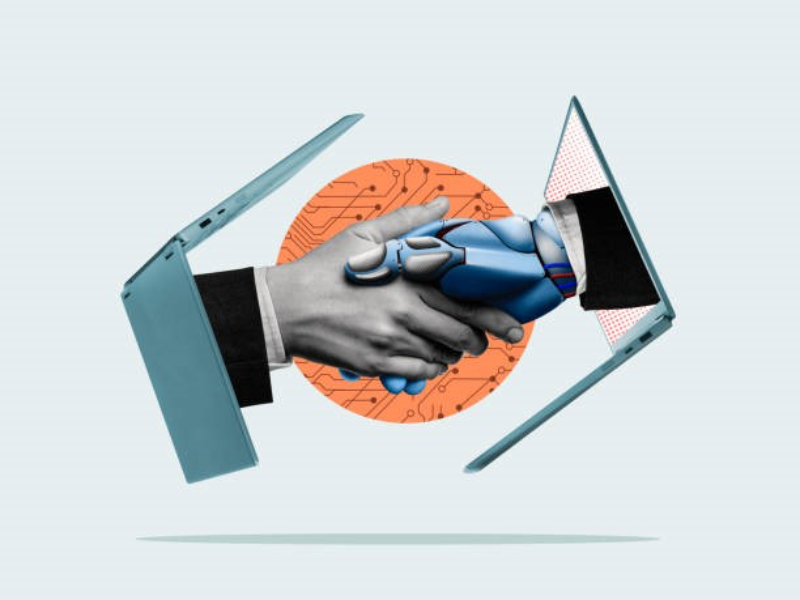- Historical advancements and recent trends highlight the rapid growth in AI capabilities.
- Key factors such as improved algorithms, increased data availability, and advanced hardware are accelerating AI development.
AI has evolved significantly over the past few decades, transitioning from theoretical concepts to practical applications that impact various industries. The rapid pace of AI development has been a major topic of discussion, as advancements in technology and research continue to push the boundaries of what AI can achieve. In this blog, we explore the historical development of AI and examine the factors contributing to its accelerated progress.
Historical development and current state
1. Early foundations: The journey of AI began in the mid-20th century with pioneering work by researchers such as Alan Turing and John McCarthy. Early AI research focused on creating machines that could perform tasks requiring human intelligence, such as problem-solving and learning. The development of foundational algorithms and the advent of the first AI programs marked the beginning of this field. Despite initial enthusiasm, progress was slow due to limited computational resources and a lack of comprehensive data.
2. Modern advancements: The 21st century witnessed a surge in AI research and development, driven by significant advancements in computational power and data availability. The introduction of machine learning and deep learning techniques enabled AI systems to process vast amounts of data and learn from it more effectively. Breakthroughs such as convolutional neural networks (CNNs) and natural language processing (NLP) have led to impressive achievements in image recognition, speech synthesis, and autonomous systems. Today, AI technologies are widely used in applications ranging from virtual assistants to self-driving cars.
Also read: What causes an AI boom? Here are some key factors
Also read: Meta unveils AI Studio for personalised chatbot creation
Why is AI development accelerating?
1. Improved algorithms: The development of more sophisticated algorithms is a major driver of AI acceleration. Advances in machine learning techniques, such as reinforcement learning and generative adversarial networks (GANs), have significantly enhanced the capabilities of AI systems. These algorithms enable AI to perform complex tasks with greater accuracy and efficiency, leading to more advanced applications and solutions. Researchers continue to innovate and refine algorithms, contributing to the rapid evolution of AI technology.
2. Increased data availability: The availability of large datasets has played a crucial role in accelerating AI development. The proliferation of digital data from sources such as social media, sensors, and online transactions provides a wealth of information for training AI models. Access to diverse and extensive datasets allows AI systems to learn from real-world examples and improve their performance over time. The rise of big data and data analytics has enabled AI researchers to develop more accurate and robust models, driving further advancements in the field.
3. Advanced hardware: The evolution of hardware technology has also contributed to the acceleration of AI development. The advent of powerful graphics processing units (GPUs) and specialised hardware such as tensor processing units (TPUs) has significantly improved the efficiency of AI computations. These advancements allow for faster training and deployment of AI models, reducing the time required to achieve breakthroughs and implement new solutions. Enhanced hardware capabilities enable researchers to experiment with larger and more complex models, leading to accelerated progress in AI technology.
4. Increased investment and collaboration: Growing investment in AI research and development from both private and public sectors has further accelerated progress. Tech giants, startups, and government agencies are investing heavily in AI initiatives, funding research, and supporting innovation. Collaborative efforts between industry leaders, academic institutions, and research organisations foster knowledge exchange and drive technological advancements. These investments and partnerships are crucial for sustaining the momentum of AI development and expanding its potential applications.

